If you’re determined to carry on enjoying your classic VW throughout the winter months, there’s various precautions you can take to help it endure the worst of what the rotten weather will have to throw at it…
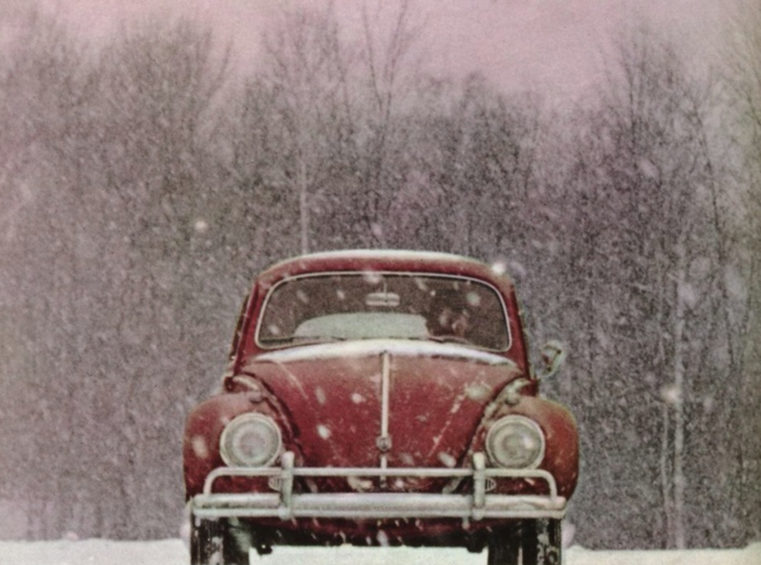
Plan ahead
Hindsight is a wonderful thing and in an ideal world we would have prepared our cars for winter yonks ago when the sun was shining. However, it’s not too late to protect any exposed metal by cleaning it first with a wire brush, treating the metal with an anti-rust agent and applying a suitable paint. It’s not a long term solution, but it will prevent road salt making it any worse.
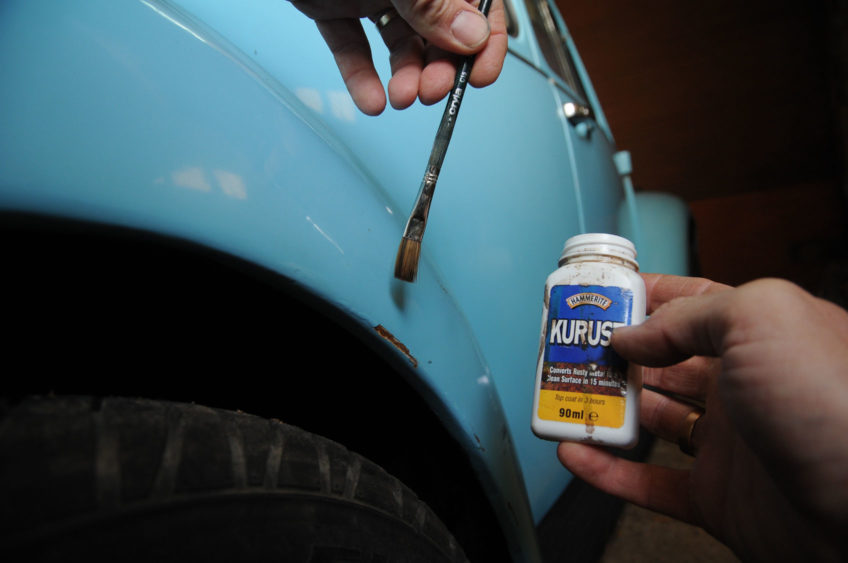
Wax lyrical
It’s easy at this time of year to allow a daily driver to become covered in road grime, especially when freezing weather makes washing it a chore. Then there’s the oft used get out that it’s only going to get covered again the next time you use it. However, those salty deposits will promote corrosion – so washing your car as frequently as possible, paying particular attention to all those mud traps such as under wheelarch lips and door bottoms, is a must. Either use a wash ‘n’ wax, or wash it then apply polish for added protection. Be sure to let your car dry first if it lives in a garage to avoid trapping any moisture.
Current thinking
Cold conditions put an added strain on your ignition system, so make sure your car’s battery and charging system is in rude health. Is now the time to replace the old battery you’ve been nursing through the last few winters or the alternator that’s no longer putting out the sort of current that it should be? It’s best to do it now to avoid being stranded.
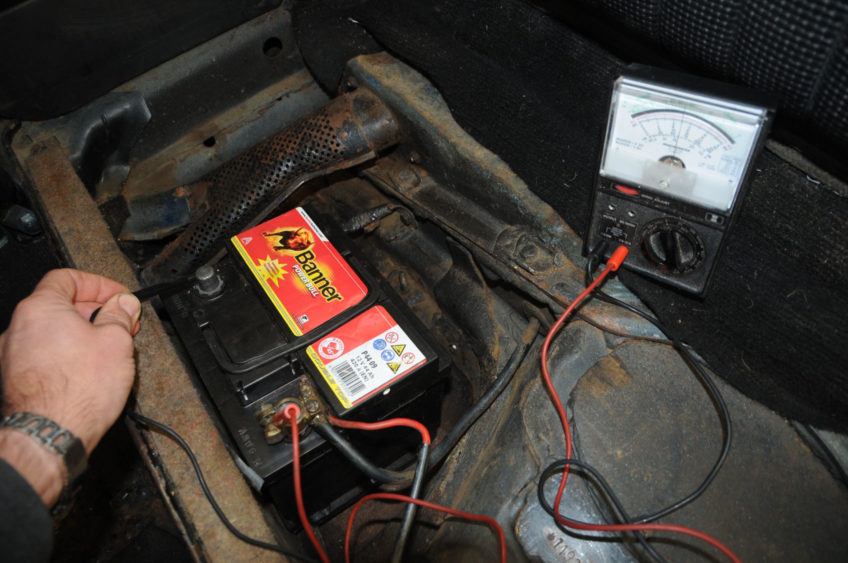
Rubber soul
Don’t forget your window rubbers and door seals which need regular attention to prevent mould forming. You can also apply a rubber protectant to keep your rubber supple and help stop seals sticking to body panels when the mercury begins to plummet.
Happy, shiny people
The same goes for any chrome on your car because wintery conditions can quickly cause even the best chrome to become pitted with rust. Try applying a thin film of petroleum jelly on bumpers and other chromework as a means of protection – clean it off after a week or so and apply a fresh coat.
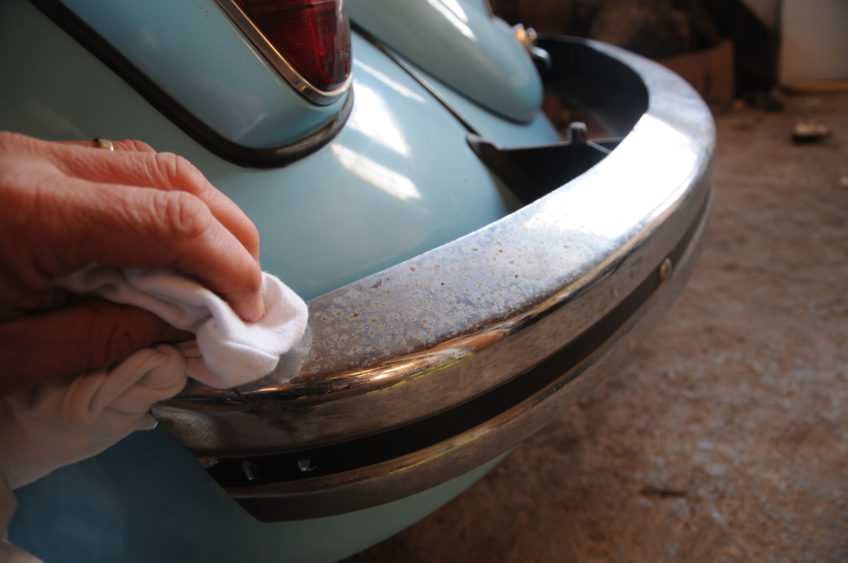
Check mate!
Sounds obvious, but while driving in winter you are likely to experience all manner of road conditions such as wet, slippery surfaces, fog and ice. That’s why it’s essential that you check your car over before using it. Are your lights all working as they should (including the hazards), is there enough tread on all the tyres – and when was the last time you checked the pressures?
Wheely good
Road salt can play havoc with alloys so there’s two options; swap over your best wheels for set of old steelies – or be fastidious about keeping them clean. Once you’ve given them a good wash, a wheel seal treatment will help protect them and make the cleaning process easier.
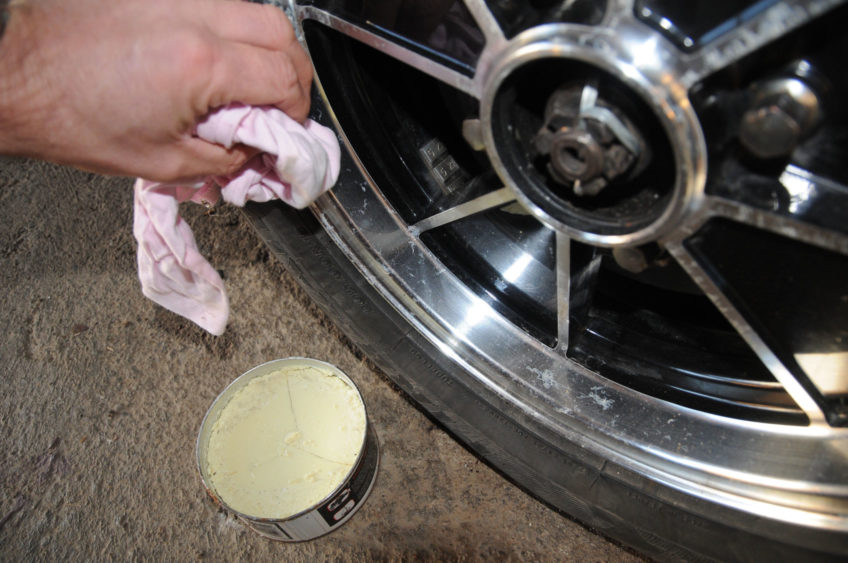
Tool up
The last thing you want at this time of year is to be left stranded by the roadside, so pack some tools and make sure your mobile’s charged when you go out. Tool-wise, we’d recommend a tow-rope, warning triangle, jump leads, bulb set, a hi-viz jacket, a decent set of spanners and the necessary wheel brace and jack. If you’re running a car with marginal reliability, consider taking out breakdown/recovery cover. Sod’s law, if you splash your cash on this you won’t actually need it!
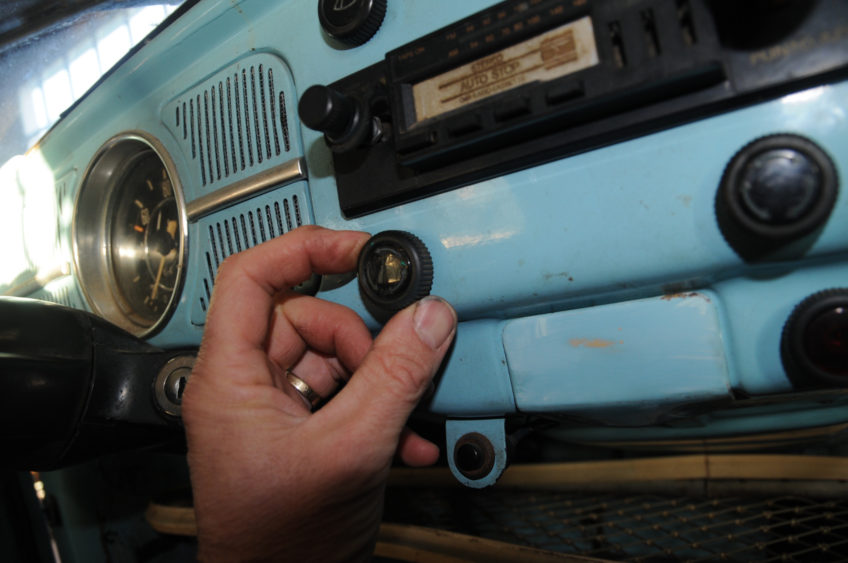
Is the heat on?
Finally, there’s nothing more miserable than driving your car and feeling cold, so sort those heaters. And it’s not all about feeling the chill – if your heaters are inefficient you won’t be able to see where you are going. We blogged about air-cooled heaters here, and water-cooled warmers here.
Most importantly of all, whatever era VW you drive, take care out there on those winter roads.
Ian
The opinions expressed here are the personal opinions of the author and do not necessarily represent the views and opinions of VW Heritage

